What Lens Does A Microscope Use ?
A microscope uses a combination of lenses to magnify small objects or organisms. The most common type of lens used in a microscope is the objective lens, which is located close to the specimen being observed. The objective lens is responsible for producing a magnified image of the specimen, which is then further magnified by the eyepiece lens. The eyepiece lens is located at the top of the microscope and is used to view the magnified image produced by the objective lens. Together, these lenses allow scientists and researchers to observe and study microscopic organisms and structures in great detail.
1、 Compound microscope
A compound microscope uses a combination of lenses to magnify small objects. The two main lenses are the objective lens and the eyepiece lens. The objective lens is located near the specimen and produces a magnified image that is then further magnified by the eyepiece lens. The magnification power of a compound microscope is determined by the combination of these two lenses.
In recent years, there have been advancements in microscope technology that have led to the development of new types of lenses. For example, some microscopes now use specialized lenses such as phase contrast or fluorescence lenses to enhance the contrast and visibility of certain types of specimens. Additionally, some microscopes use digital cameras and computer software to capture and analyze images, which can provide even greater detail and resolution.
Despite these advancements, the basic principles of compound microscope design have remained largely unchanged since their invention in the 17th century. They continue to be an essential tool in scientific research, medical diagnosis, and education.

2、 Stereo microscope
A stereo microscope, also known as a dissecting microscope, uses a combination of lenses to provide a three-dimensional view of the specimen being observed. The lenses used in a stereo microscope are typically low magnification lenses, ranging from 5x to 50x, which allow for a larger field of view and greater depth perception than a traditional compound microscope.
The lenses in a stereo microscope are arranged in a binocular configuration, which means that there are two eyepieces that allow the user to view the specimen with both eyes. This provides a more comfortable viewing experience and reduces eye strain.
In recent years, there has been a trend towards using digital cameras and computer software to enhance the capabilities of stereo microscopes. These systems can capture high-resolution images and videos of the specimen, which can be analyzed and manipulated using specialized software. This allows for greater precision and accuracy in scientific research and medical diagnosis.
Overall, the lenses used in a stereo microscope are designed to provide a clear and detailed view of the specimen being observed, while also allowing for comfortable and efficient use by the user. With the addition of digital imaging technology, stereo microscopes have become even more versatile and powerful tools for scientific research and medical diagnosis.
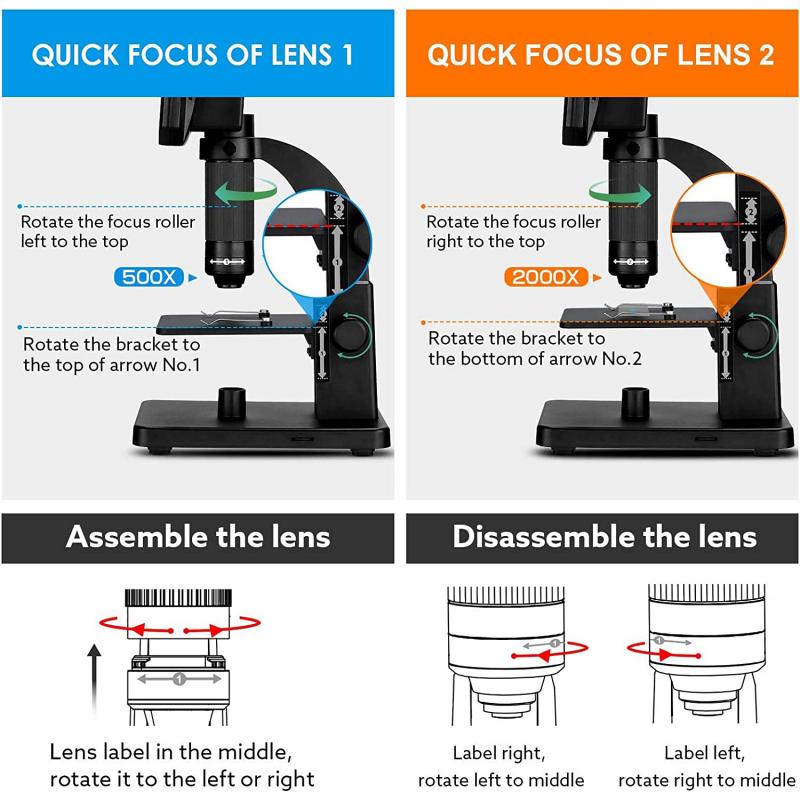
3、 Electron microscope
What lens does a microscope use? The answer depends on the type of microscope being used. Traditional light microscopes use a combination of lenses, including an objective lens and an eyepiece lens, to magnify the image of a specimen. These lenses work by bending and focusing light rays to create a magnified image that can be viewed by the human eye.
However, electron microscopes use a different type of lens altogether. Instead of using light, electron microscopes use a beam of electrons to create an image of the specimen. These microscopes use electromagnetic lenses to focus the electron beam onto the specimen, which then interacts with the electrons to create an image.
The use of electron microscopes has revolutionized the field of microscopy, allowing scientists to see structures and details that were previously impossible to observe with traditional light microscopes. Electron microscopes have also become increasingly sophisticated over the years, with the latest models capable of producing images with resolutions down to the atomic level.
In summary, while traditional light microscopes use a combination of lenses to magnify images, electron microscopes use electromagnetic lenses to focus a beam of electrons onto the specimen. The use of electron microscopes has greatly expanded our understanding of the microscopic world and continues to be a valuable tool for scientific research.
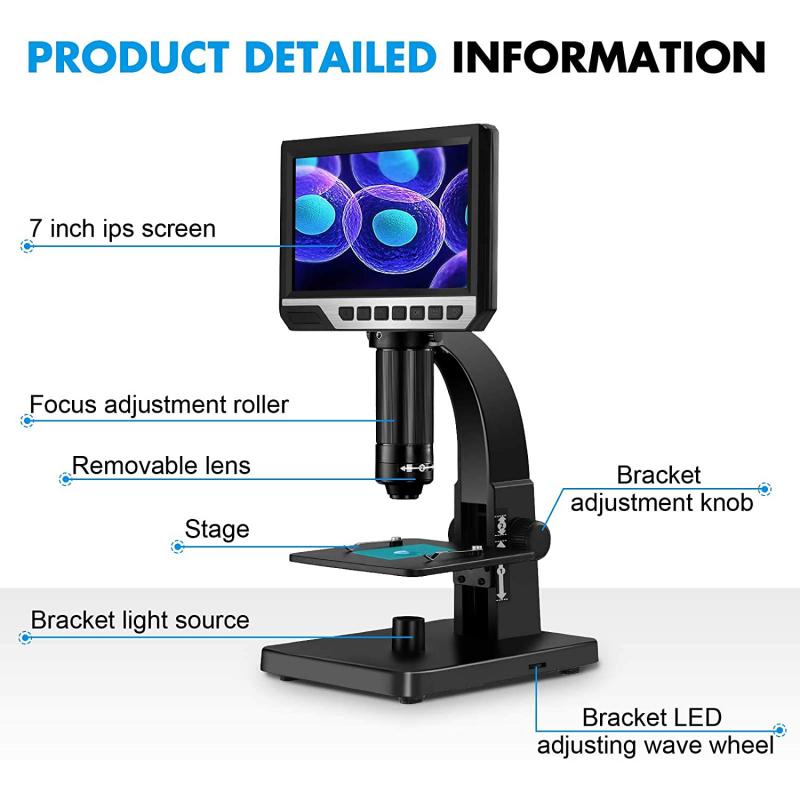
4、 Confocal microscope
A confocal microscope uses a specialized lens system that allows for high-resolution imaging of biological samples. The lens system consists of a series of mirrors and lenses that focus a laser beam onto a single point within the sample. This point is then scanned across the sample, allowing for the collection of three-dimensional images.
The lens system of a confocal microscope is designed to eliminate out-of-focus light, which can reduce image quality and clarity. This is achieved through the use of a pinhole aperture that only allows light from the focal plane to pass through to the detector. This results in sharper images with improved contrast and resolution.
In recent years, confocal microscopy has become an increasingly popular tool in the field of biological research. It has been used to study a wide range of biological processes, including cell division, protein localization, and gene expression. Additionally, advances in technology have led to the development of new types of confocal microscopes, such as spinning disk confocal microscopes and super-resolution confocal microscopes, which offer even higher levels of resolution and sensitivity.
Overall, the lens system of a confocal microscope plays a critical role in its ability to produce high-quality images of biological samples. As technology continues to advance, it is likely that confocal microscopy will continue to be an important tool for biological research.
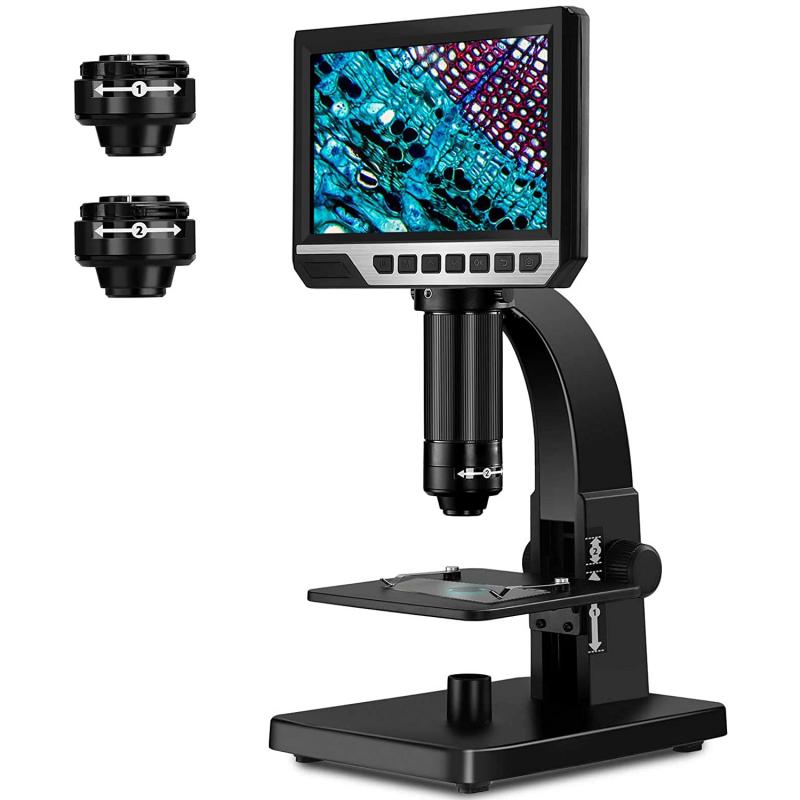












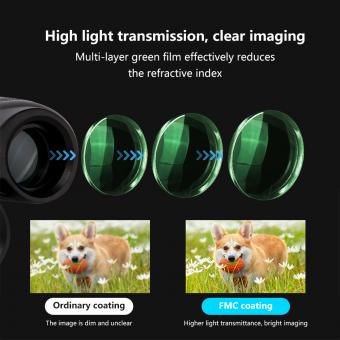










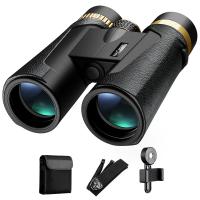


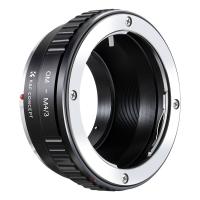








There are no comments for this blog.